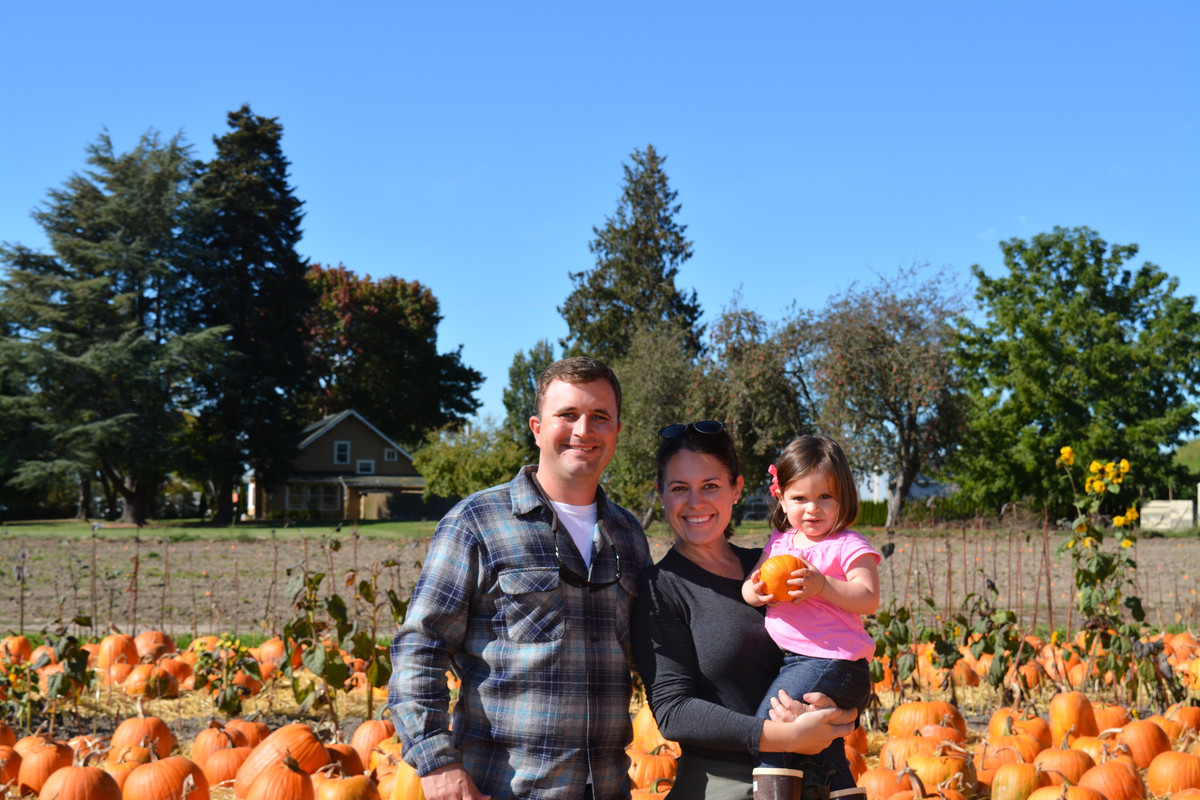Featured Teacher Meghan Lanouette - August 2019
CategoriesIn each conversation I’m noticing a similar pattern, which is somewhat attributable to the line of questioning:
Why did you become a teacher?
I've known for a long time that I wanted to work with kids.
Why did you become the kind of teacher you are?
Well I just sort of arrived there.
How did that happen?
I had planned to do one thing but a different opportunity arose and I fell in love with it.
And yet it still strikes me as surprising that candidates earn their degrees in education and then drop into the industry with one idea and so often follow an unexpected pathway to someplace different. It’s not like a business degree which points in no particular direction. Maybe a mountain is being made of a mole-hill. Perhaps I’m assuming that since all of you plan out your school year so deliberately that you also had your lives scheduled from the beginning. But teachers are learners at heart, and it makes sense that you would learn and grow and find more specific things to light your fire than the ideas you finished college with.
 Meghan Lanouette found her way to the second grade at St. Anne Catholic School in Seattle, WA by the shotgun route of substituting for the archdiocese. She graduated from USD, she wanted to come home to the Seattle area, she expected to go into the public system but took the first job subbing with the Catholic school system and never left. She loves it. She says that filling in for various grades and environments gave her sufficient insight to know where to aim. Now she’s the only second grade teacher in the school. That makes her the sole point person for the transition between first grade and third. It also means all the academic and mental growth of all the seven-ish year olds that attend the school flows through her. There is obviously support from administrators, colleagues and parents, but the buck stops with Meghan, which she embraces.
Meghan Lanouette found her way to the second grade at St. Anne Catholic School in Seattle, WA by the shotgun route of substituting for the archdiocese. She graduated from USD, she wanted to come home to the Seattle area, she expected to go into the public system but took the first job subbing with the Catholic school system and never left. She loves it. She says that filling in for various grades and environments gave her sufficient insight to know where to aim. Now she’s the only second grade teacher in the school. That makes her the sole point person for the transition between first grade and third. It also means all the academic and mental growth of all the seven-ish year olds that attend the school flows through her. There is obviously support from administrators, colleagues and parents, but the buck stops with Meghan, which she embraces.
This was the first time I started thinking about teaching as a year after year commitment to improving your segment of growth. We were talking about how May comes along and you start analyzing how the year went and what you want to remember to do better next year. Every year I vow to write down the dumb mistakes I make in Fantasy Football so I can win the big fake trophy the next year and every year I get distracted by something else. Kudos to teachers for bridging the summer gap with new ideas and motivation learned from prior experiences.
I asked what are the specific areas for advancement during the typical second grader’s year. Meghan told me that students move from reading mechanics to reading comprehension. Just imagine how huge a step that is in our society - teaching kids to understand what they are reading and to then infer their own opinions. Also math goes from a single step to multiple steps. Real life application: how much money can I spend on a big screen TV and still pay the bills tomorrow? Writing letters, which present more hurdles than we remember, she mentions. “You have to start the letter with ‘Dear so & so’ and that’s just the way it is so please do it.” It is rather arbitrary if you think about it, but necessary. To complement reading and comprehending she teaches her kids to infuse their voice into writing and create a structure while doing it. These are the foundational skills in our society that allow us to inform, understand, research and survive. Kind of a big deal.
And then, this always comes up, she told me that the bigger lessons speak to social justice. When I asked what that was she let me know it meant being a good person. Also a big deal. Also her favorite part about teaching.
We talked about teacher weaknesses. She said she has a few of hers identified and works really hard to improve in those subjects. She tries different approaches, takes courses, adopts curricula and takes advantage of Teachers pay Teachers. I guess that’s why Continuing Education is a requirement and why we are in business.
I usually ask about the status of American education because I’m seeing it for the first time after my own education and it looks so amazingly different. I feel like we were so rooted in historical methods and about a century behind the pace and now I’m filled with hope. Meghan agrees. She points out that teachers can reach each kid individually now with all the effort toward differentiation and engagement, major factors in the positive inertia of education. She’s very committed to the concept of tenacity for her students and their parents. Encountering and accepting setbacks, engaging problem-solving skills, maintaining positivity, learning from mistakes. This defines the Growth Mindset, if there can be a singular definition.
Meghan is joining an accreditation team that visits other schools and analyze teaching and curriculum. It’s an alternative method to securing required professional growth and she prefers it as an opportunity to glean new ideas and creativity. I was asking if teachers feel uncomfortable having a judge in the room while they do their thing. Yes. She says even when the principal sits in on social studies once a month she feels a little tilted. But I’m sure the observers understand the feeling and grade on a curve in consideration.
Maybe it’s my rose-colored glasses but I’m impressed after every one of these conversations, both with the teachers and the evolution of education.
If you're looking for new ideas for teaching reading comprehension to second graders have a look at our course Strategic Literacy: Topics in Reading K-5
If you’d like to nominate a Featured Teacher for the future send details in an email to featuredteacher@connectinglink.com.
Here are a few classes related to this topic:
 Teaching Algebra with Technology
Teaching Algebra with Technology
 Embracing Grit: Teaching Students to More Than Persevere
Embracing Grit: Teaching Students to More Than Persevere
 Strategic Literacy: Topics in Writing K-8
Strategic Literacy: Topics in Writing K-8